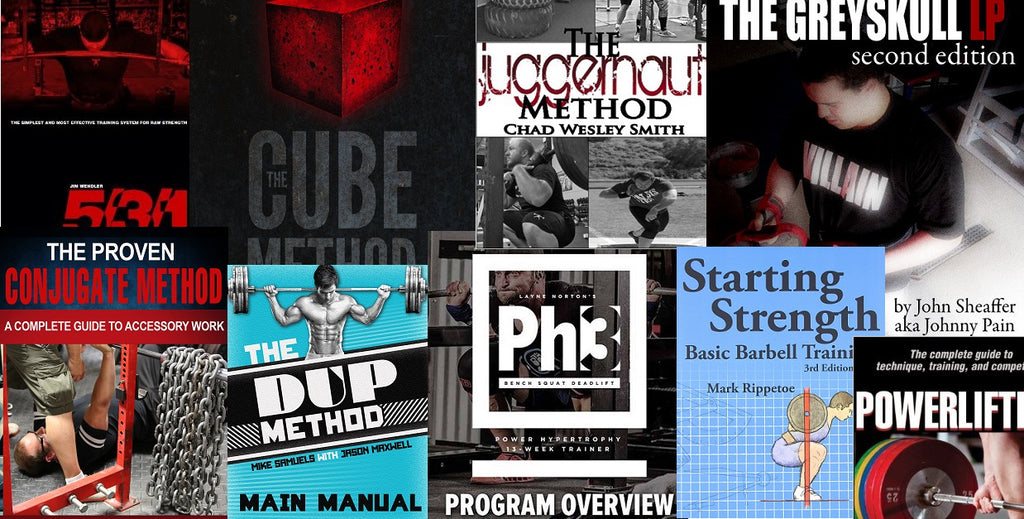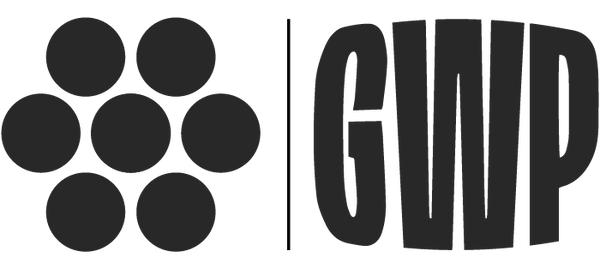
Article by Deanna Gerdesmeier
Getting started in powerlifting can be daunting. Coaches can be expensive, and as an independent woman, it’s nice to know where to go to learn how to program your workouts for yourself rather than having to rely on someone else. This article will teach the very basics of programming, and how that changes as you advance in expertise.
The differences between the novice and advanced lifter in programming is not as big as they may seem. The biggest difference is the ability to auto-regulate, or change your training based on how you feel each day. Both the novice and advance lifter needs to make sure that they continue to practice and hone in on technique for the main lifts and increase volume over time in order to get stronger.
The Novice Lifter: 0-6 Months
Beginner Gains
A novice lifter should be squatting, benching, and deadlifting as much as possible based on recovery to cement their muscle memory. As your body learns the movements, you’ll find that you’ll hit PR’s or PB’s (Personal records or bests) often, and your PR’s will be much greater. It is common for a novice to gain anywhere from 10-50 lbs. of progress on each lift depending on how their previous training background. Once a novice lifter has established what their one rep max is, training should remain mostly within 60-80% of that amount throughout this training period. These programs tend to focus on linear progression, or adding more weight to a fixed amount of sets and reps each session or week.
Great Beginner Programs:
- Starting Strength
- GraySkull Linear Progression
- Jim Wendler’s 5/3/1 (This is a great program to bridge from novice to advanced beginner/intermediate)
Intermediate Lifter: 6 months – most of your career
Breaking Through Plateaus
During the intermediate stage, consistency is important. This is when the daily and weekly PR’s become less frequent. The typical intermediate program is run for anywhere from 6-12 weeks. There are also peaking programs that you can run now that you are likely preparing for your first meet. It is important to focus on your primary lifts (Squat, Bench, Deadlift) as well as secondary lifts (close variations of those ex: Front Squats, Close-grip Bench, Romanian Deadlifts) and accessory work (Dumbbell or cable work – basically movements that isolate certain muscle groups that need to be trained more.) Intermediate programs may focus on different aspects of lifting such as speed, volume, or maximal effort days (Programs derived from the Conjugate Method), or maybe Daily Undulating Periodization or DUP programs (Heavy Day/ Light Day, Hypertrophy/Power/Strength) are good examples of ways to break past those training barriers. While prepping for a meet, you may feel like you want to do a peaking program help assure you are ready for a big PR.
DUP Programs:
Conjugate Method:
Peaking Programs:
- Paul Carter’s Strong 15
- Smolov Jr. For Squat or bench
- Garrett Blevins has a lot of great content on his YouTube for peaking
Advanced Lifters: 3+ Years
Fighting For Every Pound on Your Total
Once lifters begin to auto-regulate or listen to their body to control fatigue and help promote recovery in their training, they are considered advanced. At this level, a lifter has probably run a few programs and know what works and doesn’t work for their own bodies as they fight hard for every PR that they get. It is not common for advanced lifters to experience 10-20 lb. PR’s. The advanced lifter usually takes a template they like, and through experience, they will make it their own as they focus on increasing volume (Sets x reps x weight) while still training between the 60-80% range of their one-rep max. Advanced lifters typically use tools to modify load and range of motion in order to break past barriers. Fractional Plates, bands, blocks, chains, or other tools that are popular.
- Fractional Plates
- Mark Bell’s Slingshot For Bench
- Deadlift Blocks (These can be expensive to buy. Most people make their own) or you can buy there here from Rogue
Now that you know what each stage of maturity as a lifter looks like, it’s important to understand that, no two athletes are the same. Everyone moves at their own pace, and it’s important to strive to understand what programs and training blocks work for you as a lifter. I hope that the tools and templates above were helpful to you. Don’t see the program you use above? Comment below with your thoughts!
Deanna Gerdesmeier is an elite 84KG+ USAPL powerlifter. With a 425kg total.
Follow her on Instagram at @Diesellifts


I just started powerlifting with my special Olympics powerlifting Coach Joe I have been powerlifting since March I love it
Great article. I have been getting back into powerlifting and have brought my highschool daughter along as my lifting buddy. She plays softball for her school and the weight training that they get at school is not well coached or monitored. We have been using Stronglifts 5×5. It might be interesting for her to meet and talk with other women and girls her age who powerlift. Any clubs or recommendations for the Nashville TN area?
How about some powerlifting programs written by women?
For a beginner I would recommend Jenn Sinkler and Jennifer Vogelgesang Blake’s program “Unapologetically Powerful”. Available on their website.
For a beginner, intermediate and even advanced I would recommend Becca Abrahams “Belle of the Bar Powerlifting Program”. It’s available on Amazon. I’m currently running it, and it’s really hitting my weaknesses hard. I’m prepping for a meet in September, and I really think I’m going to be a much stronger, more well rounded lifter by then.